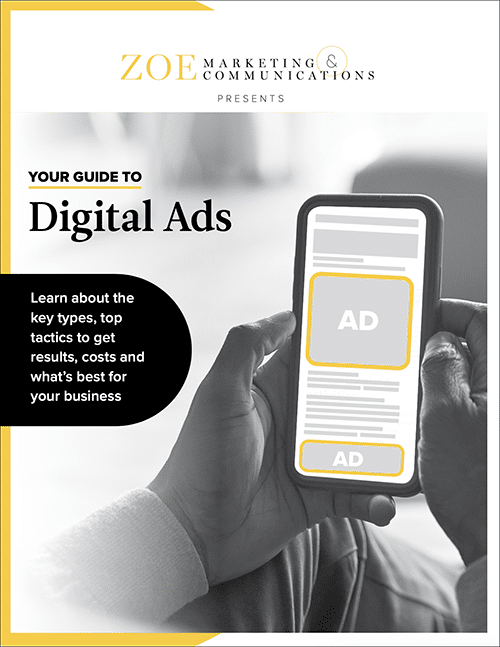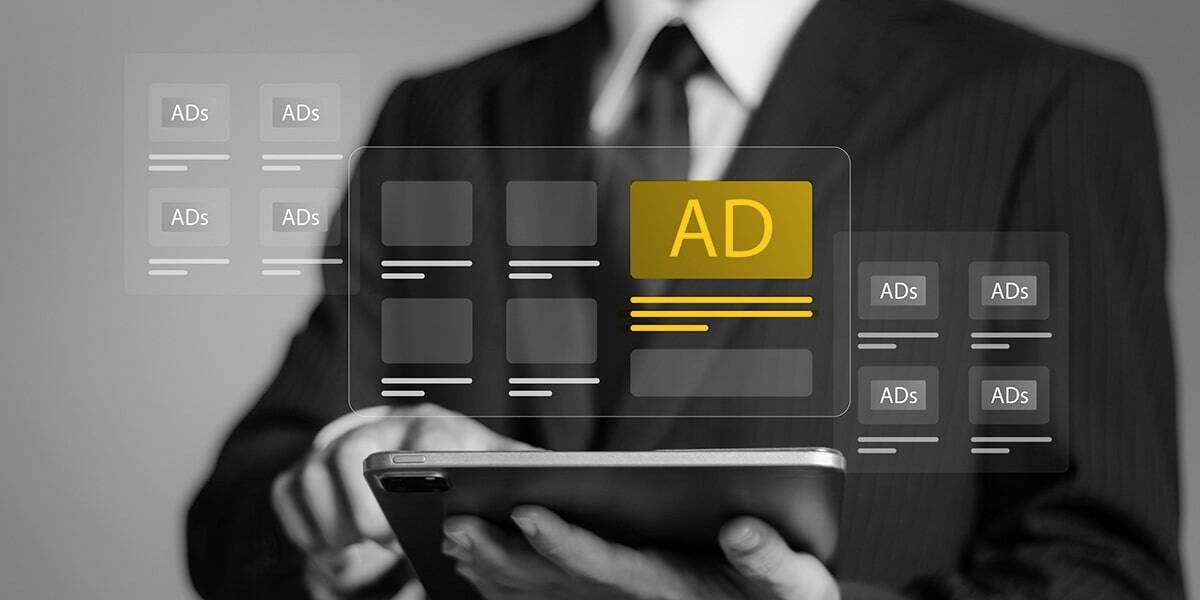
Download Your Digital Ads Guide
Learn how digital ads can help your business, including the tools, techniques and strategies to create successful campaigns.
Topics:
June 25th, 2024 | 2 min. read
By Kim Kovelle

Let’s say you have a choice: run general digital ads across various sites — or with a local publisher. Which is the better move?
At Zoe Marketing & Communications, we’ve seen direct ads drive higher engagement by tapping into built-in audience trust. That’s why our sister companies, Metro Parent and Chicago Parent, offer them as part of their digital strategy.
But they’re not right for every budget or goal.
How do you decide? This blog breaks down six key benefits to help you determine if direct digital ads fit your strategy.
Learn how digital ads can help your business, including the tools, techniques and strategies to create successful campaigns.
Direct digital ads are purchased directly from a publisher, meaning you control placement, visibility and audience targeting.
Unlike programmatic ads, which display across various websites via automation, direct ads appear on a single trusted platform.
These boxes placed within content or along margins have three most-common types:
These ads with animation or motion deliver higher click-through rates (CTR). For Zoe’s sister companies, Metro Parent and Chicago Parent, options include:


We’ve found that direct ads reach viewability rates up to 70% compared to programmatic’s 50%.
When ads are placed in prime positions — vs. delivered to websites you can’t control — they naturally attract more attention and interaction.
With direct buys, your ads appear in a brand-safe environment and never next to irrelevant or unaligned content.

Programmatic ads can seem cheaper upfront, but hidden costs cut into value:
Direct buys offer higher engagement and conversion rates, providing better overall ROI.
Local publishers know their readers, allowing for more precise ad targeting. Their audiences also trust them.
Direct digital ads reduce fake traffic and bot-generated impressions, which can be more of an issue with programmatic ads. While safeguards exist, fraud tactics evolve quickly.
Direct buys provide greater transparency in placement and performance tracking.
With direct buys, you can tailor ads for the platform and audience. You also have more control over adjustments, allowing for real-time optimization based on performance data.
While programmatic ads dominate the landscape, direct digital ads offer unique advantages for businesses targeting local customers.
Curious if this approach is right for you? Talk to us — especially if you’re looking to reach women and parents in metro Detroit or Chicago. Zoe’s experts can help determine if Metro Parent or Chicago Parent is the best fit for your brand.
Still weighing your options? Check out:

Learn how digital ads can help your business, including the tools, techniques and strategies to create successful campaigns.
As Zoe Marketing & Communications’ content manager, Kim Kovelle brings over 20 years of writing and editing experience in metro Detroit. She has strong roots in community journalism and a knack for making complicated topics make more sense.
Topics:
